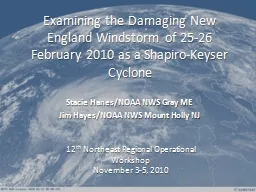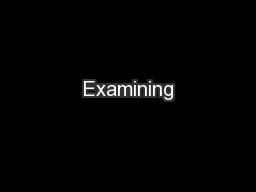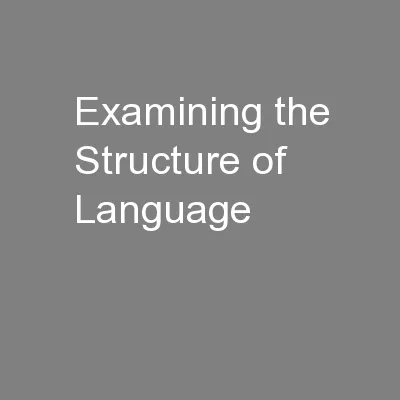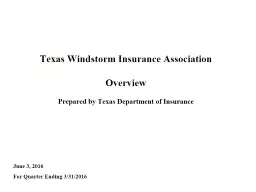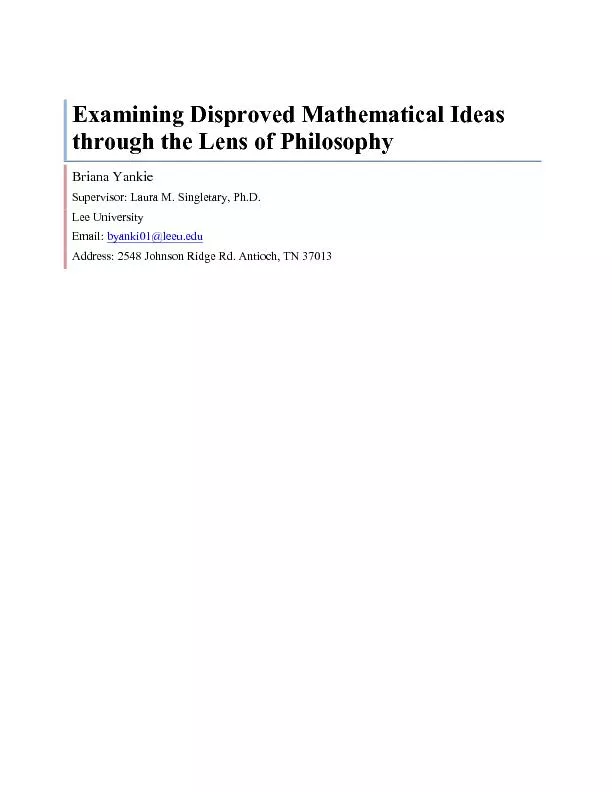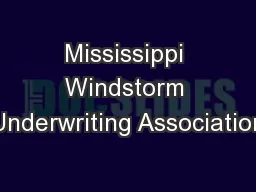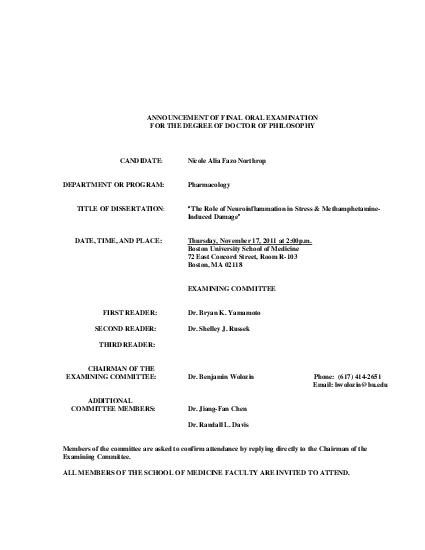PPT-Examining the Damaging New England Windstorm of 25-26 Febru
Author : ellena-manuel | Published Date : 2016-03-14
Stacie HanesNOAA NWS Gray ME Jim HayesNOAA NWS Mount Holly NJ 12 th Northeast Regional Operational Workshop November 35 2010 Outline Overview of the event Review
Presentation Embed Code
Download Presentation
Download Presentation The PPT/PDF document "Examining the Damaging New England Winds..." is the property of its rightful owner. Permission is granted to download and print the materials on this website for personal, non-commercial use only, and to display it on your personal computer provided you do not modify the materials and that you retain all copyright notices contained in the materials. By downloading content from our website, you accept the terms of this agreement.
Examining the Damaging New England Windstorm of 25-26 Febru: Transcript
Download Rules Of Document
"Examining the Damaging New England Windstorm of 25-26 Febru"The content belongs to its owner. You may download and print it for personal use, without modification, and keep all copyright notices. By downloading, you agree to these terms.
Related Documents

